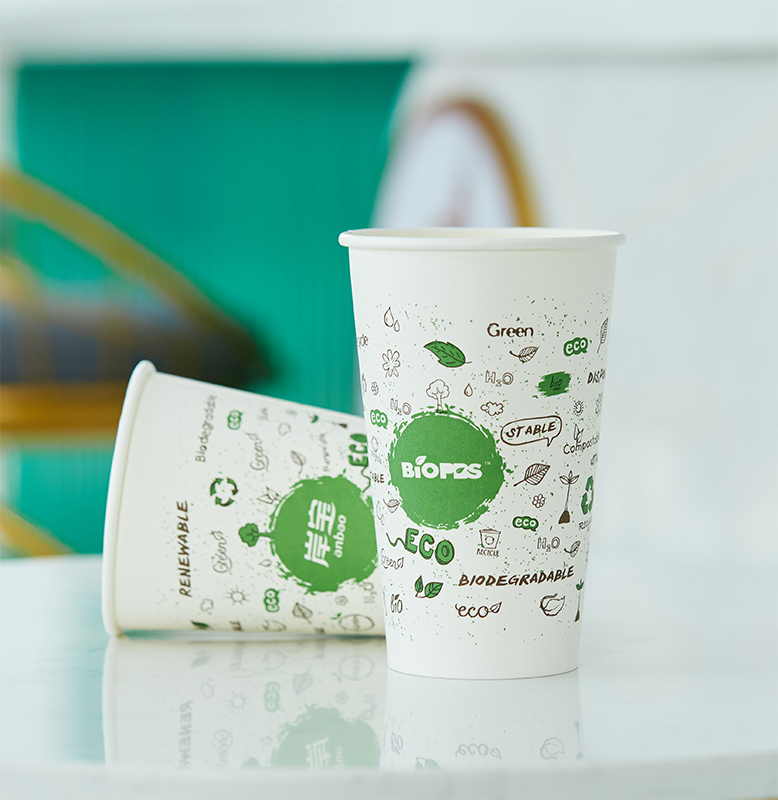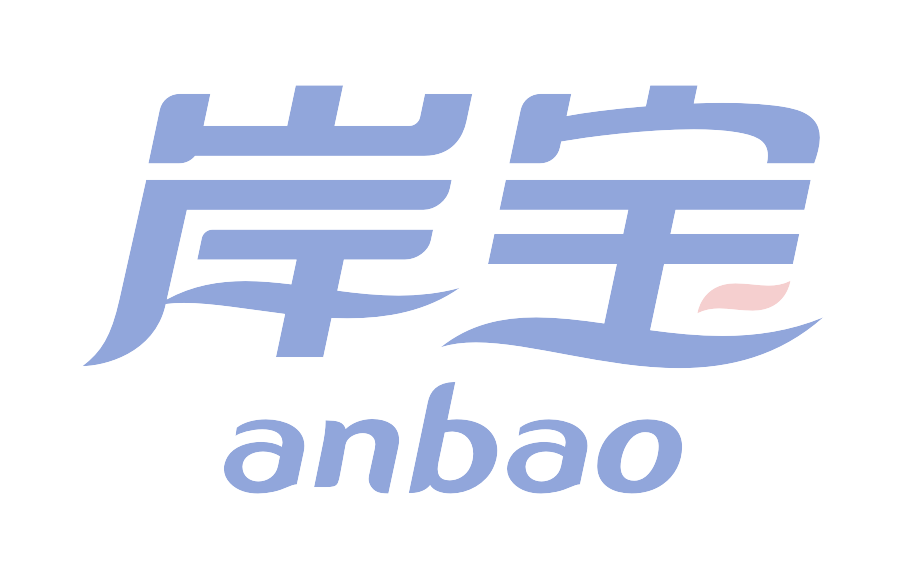
Is Plastic Free Cup an Environmentally Friendly Material?
Introduction
In recent years, the environmental impact of single – use plastics has come under intense scrutiny. Among the numerous plastic products, plastic cups, especially those used for beverages, have been identified as a significant source of plastic waste. As a result, the concept of “plastic – free cups” has emerged as a potential solution. This paper aims to comprehensively evaluate whether plastic – free cups are truly an environmentally friendly material.
The Problem with Plastic Cups
Plastic cups, mainly made from polymers such as polyethylene terephthalate (PET) or polystyrene, pose several environmental threats. Firstly, their production consumes vast amounts of fossil fuels. The extraction and processing of these raw materials contribute to carbon emissions, which exacerbate climate change. For instance, the production of PET resin requires energy – intensive processes that release significant amounts of greenhouse gases into the atmosphere.
Secondly, plastic cups are designed for single – use, leading to an enormous volume of waste. Once discarded, they often end up in landfills, where they can take hundreds of years to decompose. In addition, a significant portion of plastic cups is not properly disposed of and finds its way into natural habitats, including oceans, rivers, and forests. In the ocean, plastic cups break down into microplastics, which are ingested by marine life, causing harm to their digestive systems and potentially leading to death.
Types of Plastic – Free Cups and Their Environmental Profiles
Paper Cups
Paper cups are one of the most common alternatives to plastic cups. They are made from renewable resources, such as wood pulp. The production of paper cups generally involves less energy – intensive processes compared to plastic cups. However, the paper industry is not without its environmental drawbacks. The cultivation of trees for pulp production can lead to deforestation if not managed sustainably. Additionally, the production of paper cups often requires the use of chemicals for bleaching and coating to make them waterproof. These chemicals can be harmful if they are released into the environment during the manufacturing process or when the cups are recycled.
On the positive side, paper cups are biodegradable and compostable under the right conditions. If properly recycled, they can be turned into new paper products, reducing the demand for virgin wood pulp. However, in practice, the recycling rate of paper cups is relatively low. Many paper cups are contaminated with food residues or have non – recyclable coatings, making them unsuitable for traditional recycling processes.
Biodegradable and Compostable Cups
Biodegradable and compostable cups are made from materials such as plant – based polymers (e.g., polylactic acid – PLA), starch – based polymers, or cellulose. These materials are designed to break down more quickly than traditional plastics. For example, PLA – based cups can decompose in industrial composting facilities within a few months.
The advantage of these cups is that they reduce the long – term waste problem associated with plastic cups. Their production also often uses renewable resources, which can contribute to a lower carbon footprint compared to plastic. However, there are challenges. Industrial composting facilities are not widely available in many areas, and if biodegradable cups are not properly composted, they may still persist in the environment for a long time. Moreover, the production of some biodegradable polymers may require significant amounts of water and energy, and the performance of these cups in terms of durability and heat resistance may not be as good as plastic cups in some cases.
Reusable Cups
Reusable cups, made from materials like stainless steel, glass, or ceramic, offer a different approach. These cups can be used multiple times, significantly reducing waste generation. Stainless – steel cups are lightweight, durable, and resistant to corrosion. Glass cups are inert, non – porous, and easy to clean, while ceramic cups add an aesthetic appeal.
The environmental benefits of reusable cups are substantial. By reducing the need for single – use cups (both plastic and otherwise), they can greatly cut down on waste disposal and the associated environmental impacts. However, the production of reusable cups also requires energy, especially for manufacturing stainless – steel cups, which involves mining and refining of metals. But over their long lifespan, the environmental savings from reducing single – use cup consumption far outweigh the initial production impacts.
Conclusion
Plastic – free cups, in various forms, show promise as more environmentally friendly alternatives to traditional plastic cups. Paper cups, biodegradable/compostable cups, and reusable cups each have their own set of environmental advantages and challenges. Paper cups offer the advantage of being made from renewable resources and being biodegradable, but face issues related to deforestation and recycling. Biodegradable and compostable cups can reduce long – term waste, but their proper disposal requires specific infrastructure. Reusable cups, with their high – reuse potential, are very effective in reducing waste, although their initial production has some environmental costs.
Overall, while plastic – free cups are generally a step in the right direction towards a more sustainable future, a comprehensive approach is needed. This includes improving the production processes of plastic – free cups to make them more environmentally friendly, increasing recycling and composting infrastructure, and promoting consumer behavior change to encourage the use of reusable options. With these efforts, plastic – free cups can indeed be a significant part of the solution to the plastic waste problem and contribute to a cleaner and more sustainable environment.


